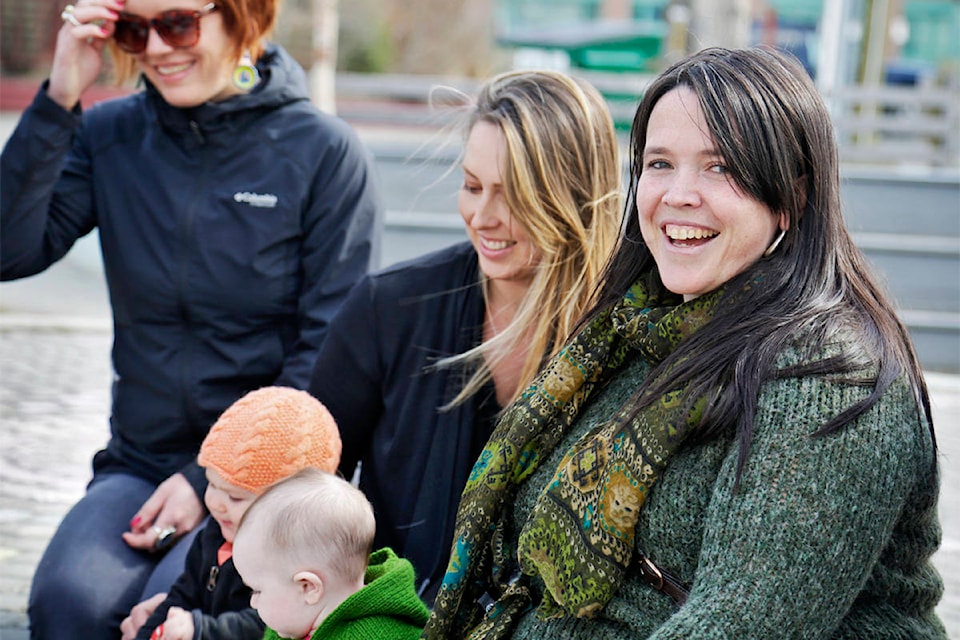The territorial government has launched a public survey to gather Yukoners’ thoughts on regulating and funding midwifery so that the practice can be integrated into the Yukon’s healthcare system.
The Yukon government announced the launch of the survey in a Sept. 20 press release, which also contains details about the government’s plan on how the regulated and funded midwifery would roll out.
“What we’re looking at is bringing (midwifery) into the insured services world, so if you were to have that midwife in your home, it would be paid for in the same way as if you’d have a birth in the hospital, but again, we’re sort of at the very beginning of talking to people about how that would work,” Department of Health and Social Services spokesperson Pat Living said in an interview on Sept. 20.
The survey asks takers, among other things, their interest in having midwifery regulated and funded, how risky they believe “birthing at a distance from medical emergency services” is and how important they think access to midwifery-led birthing in their communities to be.
Currently, the Yukon is only one of two jurisdictions in Canada that do not have midwifery regulation in place (the other is Prince Edward Island). That means, among other things, that people wishing to have a midwife present at a home birth must pay out-of-pocket for the midwife’s services — which can cost up to $3,500 for a birth — and that midwives are not recognized as official care providers at hospitals.
According to the press release, that should change by the end of next year, which is when the Yukon government is aiming to introduce regulated and funded midwifery in the territory.
The government is proposing to introduce regulated midwifery in Whitehorse first “where processes and emergency services that support pregnancies and birth are already in place,” the press release says, before introducing it into communities where there’s demand.
The Department of Community Services will be responsible for developing the regulatory framework, which may, for example, address things like insuring a licenced midwife is properly qualified to practice, while health and social services will be in charge of integrating midwifery into the existing healthcare system and funding.
Kathleen Cranfield, the president of the Community Midwifery Association of Yukon, said that the association has been advocating for regulation for years now and is encouraging all Yukoners to educate themselves on midwifery.
As it is now, Cranfield said, the lack of regulation and funding means a lack of options for families.
“Because it’s not regulated and we’re not integrated and there is no funding, the barrier becomes choice — you have to have a birth at home if you want a midwife, and you have to pay for it,” she said.
A registered midwife herself since 2007, Cranfield said that midwifery offers an “enhancement” to prenatal, birth and postpartum care that’s already in place and that many families find helpful.
“The general response, I would say, to having a midwife in attendance at a birth is that … (the person giving birth) had no idea that it would be as supportive, informed and as safe as it felt after they experienced it,” she said.
The Yukon doesn’t need to start from scratch with its plan, she added.
“I think we can learn from every jurisdiction … Particularly, though, we are most analogous to the N.W.T. and most definitely we have respect for their model and their services and how they’re delivered,” she said.
Yukoners interested in taking the survey can do so at survey.gov.yk.ca/2018HSSMidwifery.aspx until Nov. 16.
Contact Jackie Hong at
jackie.hong@yukon-news.com
